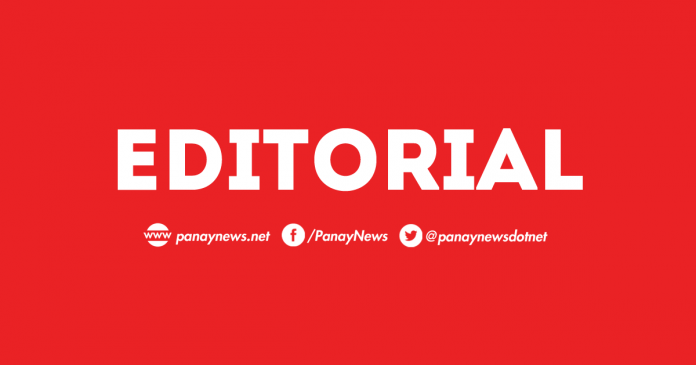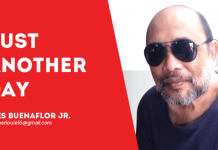
AS ONE of the Philippines’ most celebrated cultural events, Dinagyang of Iloilo City shows how a festival can successfully integrate public health, safety, and cultural joie de vivre into a seamless and impactful celebration.
The cornerstone of this success is Iloilo City’s meticulous festival management strategy. Recognizing the challenges posed by hosting thousands of revelers, the city government has consistently prioritized public health. The strict implementation of the Anti-Smoking Ordinance, especially in festival venues, is a progressive approach to safeguarding community well-being. By deploying the Iloilo City Anti-Smoking Task Force (ICAST) to monitor compliance, the city not only enforces its smoke-free policies but also sends a clear message about its commitment to promoting a healthier environment for all.
Equally important is the emphasis on safety. Dinagyang’s organizers leave no stone unturned in ensuring that the festival is as secure as it is enjoyable. Comprehensive traffic and crowd management plans are implemented, with road closures and traffic advisories minimizing inconvenience while maintaining order. The strategic placement of portalets and designated waste disposal areas reflects careful attention to sanitation and hygiene, preventing the festival from becoming a breeding ground for unsanitary conditions. These measures demonstrate the city’s ability to anticipate and address logistical challenges that come with large-scale events.
At the heart of Dinagyang, however, is its cultural celebration. The festival’s iconic street performances and colorful costumes are visual spectacles that pay tribute to Iloilo’s rich heritage and the devotion to the Sto. Niño. What makes Dinagyang exceptional is how it seamlessly integrates these cultural elements into a festival experience that also prioritizes modern needs like health and safety. The collaboration between the government, private sector, and local communities ensures that Dinagyang remains a culturally authentic and economically beneficial event.
This model of integration is further strengthened by the city’s focus on inclusivity and sustainability. By involving various stakeholders — from barangay officials to local businesses and environmental advocates — Dinagyang fosters a sense of ownership and responsibility among all participants. Programs encouraging proper waste disposal, respect for public spaces, and environmentally conscious practices are not just add-ons but integral components of the festival’s framework. This holistic approach ensures that Dinagyang not only entertains but also educates and inspires.
The Dinagyang model sets a standard for other festivals nationwide. It proves that cultural events can transcend mere spectacle and become platforms for promoting health, safety, and sustainability, and that tradition and progress can coexist harmoniously. Let this model inspire other local governments to follow suit, creating celebrations that honor both heritage and humanity.







